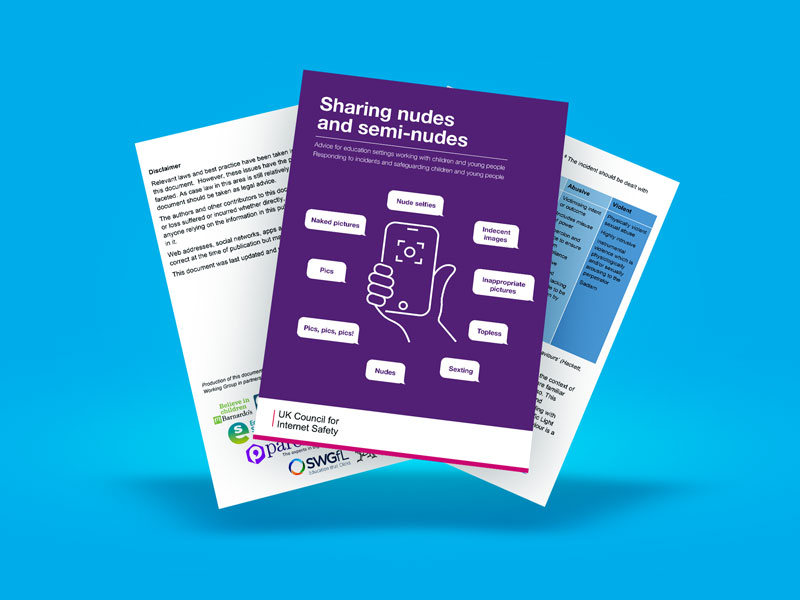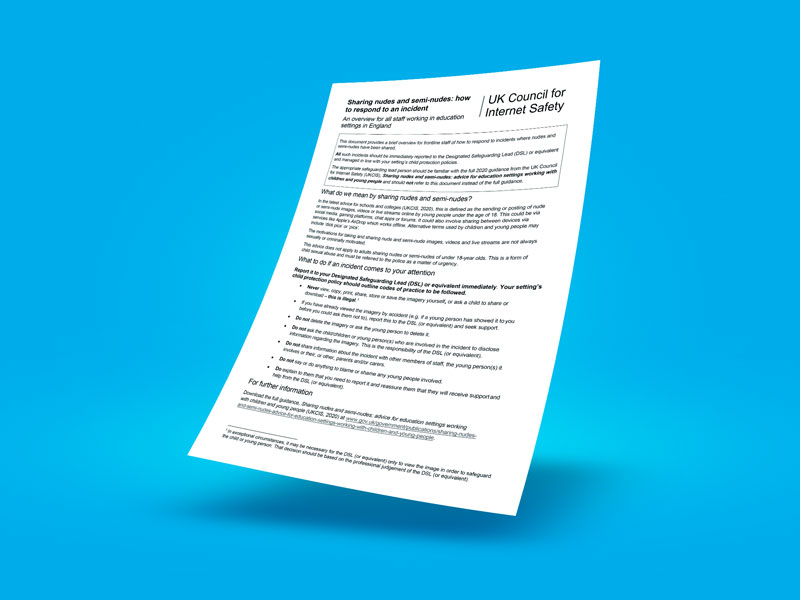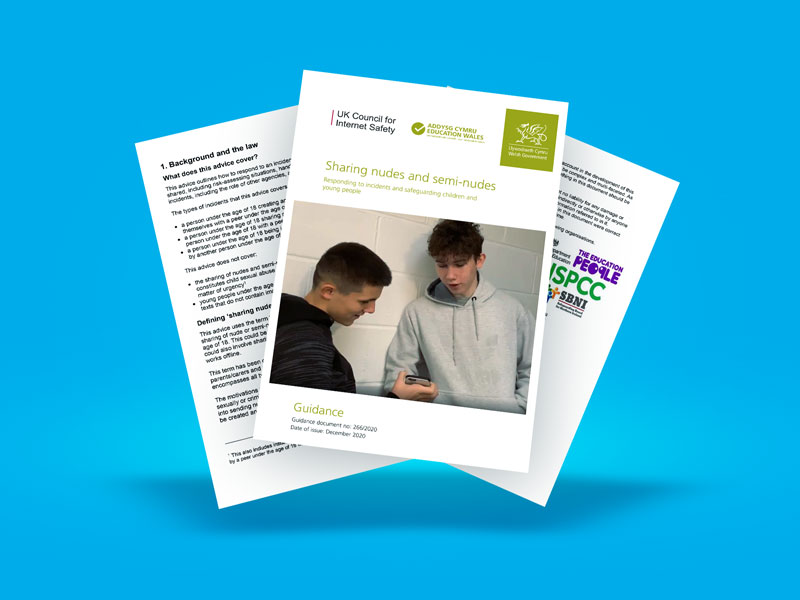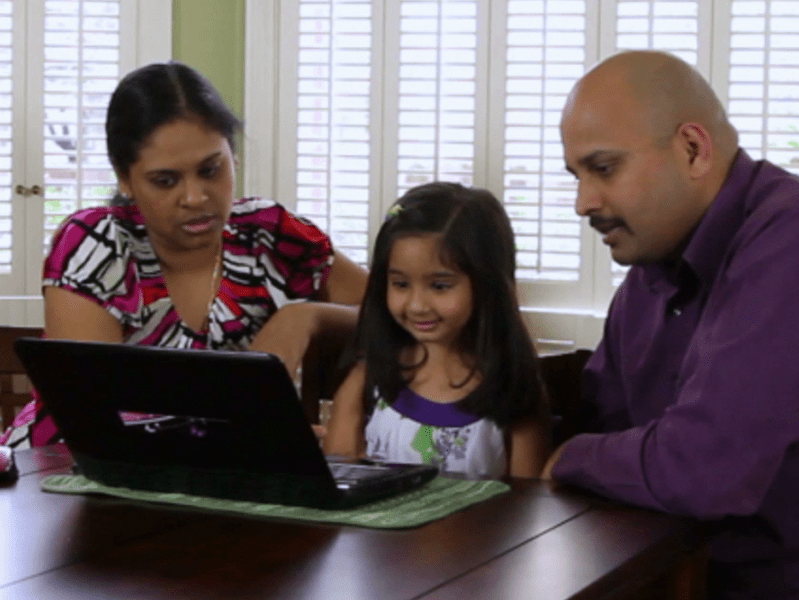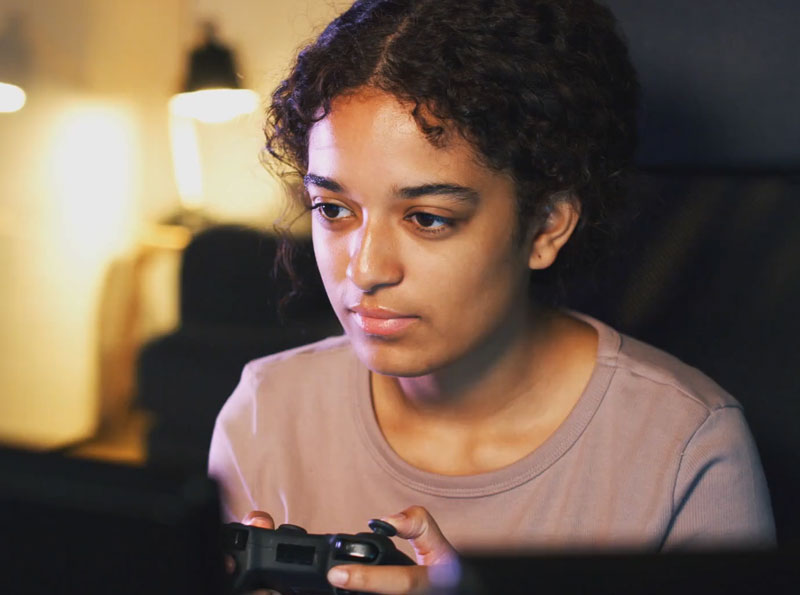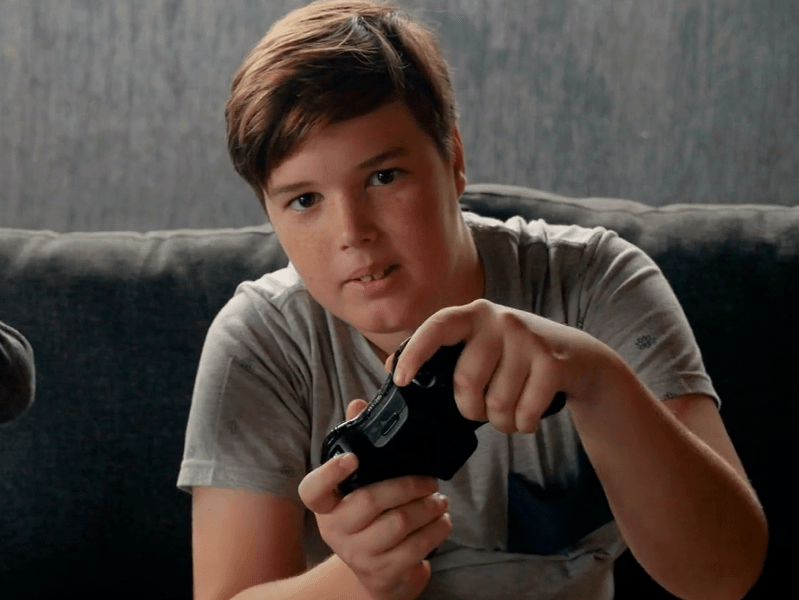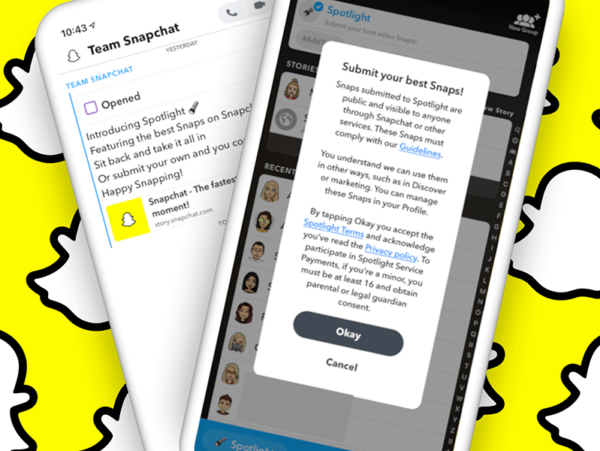The UK Council for Internet Safety (UKCIS) have updated its non-statutory guidance on Youth Produced Sexual Imagery (YPSI), which is entitled ‘Sharing nudes and semi-nudes: advice for education settings working with children and young people’ and replaces ‘Sexting in schools and colleges: responding to incidents and safeguarding young people’ (2016).
The guidance has been released in England and Wales and has been developed alongside the National Police Chiefs Council (NPCC).
The guidance is aimed at Designated Safeguarding Leads (DSLs), their deputies, headteachers and other senior leadership teams in schools. Other staff members should refer to the one page summary on how they can manage incidents.
UKCIS advise that this guidance may also act as good practice advice for all out-of-school settings working with children and young people.
The Guidance Compliments:
Keeping Children Safe in Education (2020) – Statutory Guidance
Sexual Violence and Sexual Harassment between Children in Schools and Colleges (2018) – non-statutory advice
Searching, Screening and Confiscation (2018) – non-statutory advice

What are the Main Changes?
Section 1: Background and Context
Section 2: Background and context
Section 3: Educating Children and Young People
Join our Safeguarding Hub Newsletter Network
Members of our network receive weekly updates on the trends, risks and threats to children and young people online.


